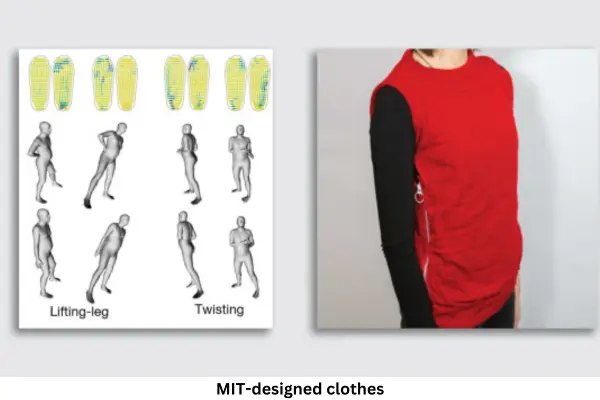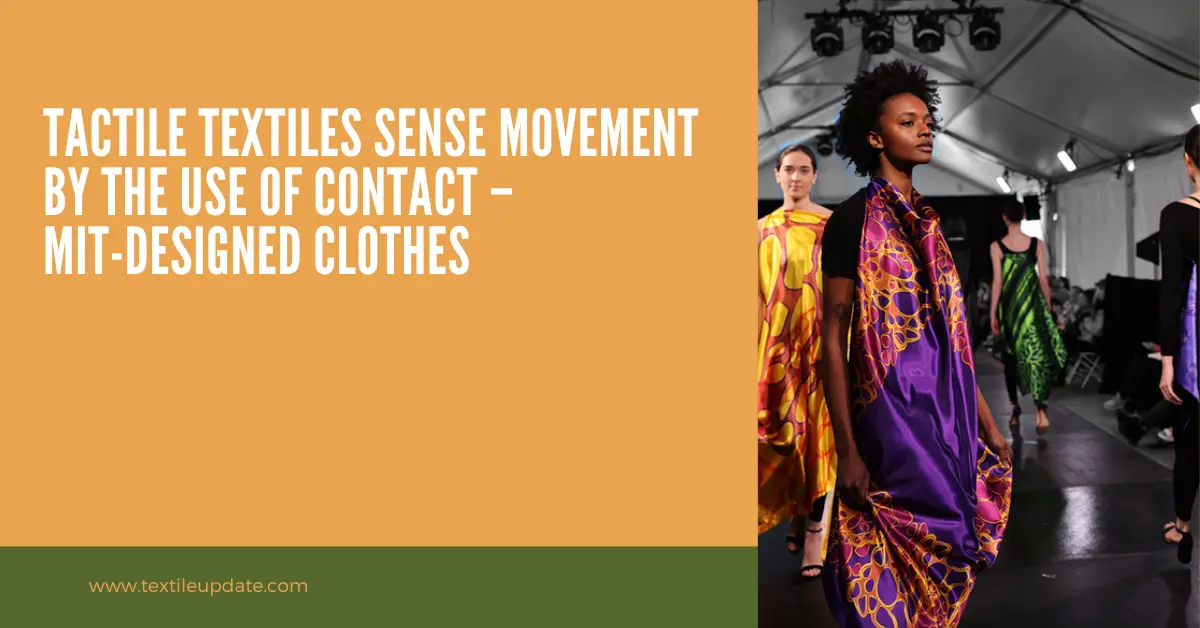what if the wearable has been one factor you’d actually already be carrying, like a shirt or a pair of socks?
That’s the thought behind a model new set of MIT-designed garments that use explicit fibers to sense a person’s movement by the use of contact. Amongst totally different points, the researchers confirmed that their clothes can actually decide issues like if somebody is sitting, strolling, or doing explicit poses.
The group from MIT’s Laptop Computer Science and Artificial Intelligence Lab (CSAIL) says that their clothes could very nicely be used for athletic teaching and rehabilitation. With victims’ permission, they could even help passively monitor the well-being of residents in assisted-care facilities and resolve if, for example, any person has fallen or is unconscious.

The researchers have developed a wide range of prototypes, from socks and gloves to a full vest. The group’s “tactile electronics” use a mix of additional typical textile fibers alongside a small amount of custom-made purposeful fibers that sense stress from the person carrying the garment.
Consistent with CSAIL graduate scholar Yiyue Luo, a key good thing about the group’s design is that not like many present wearable electronics, theirs can be built into standard large-scale garment manufacturing. The machine-knitted tactile textiles are snug, stretchable, and breathable, and should take a wide range of sorts.
“Traditionally it’s been onerous to develop a mass-production wearable that provides high-accuracy info all through quite a few sensors,” says Luo, lead creator on a model new paper regarding the enterprise that is displaying on this month’s model of Nature Electronics. “When you manufacture quite a few sensor arrays, just a few of them will not work and some of them will work worse than others, so we developed a self-correcting mechanism that makes use of a self-supervised machine learning algorithm to acknowledge and regulate when certain sensors throughout the design are off-base.”
The group’s clothes have a wide range of capabilities. Their socks predict motion by how completely totally different sequences of tactile footprints correlate to completely totally different poses as a result of the individual transitions from one pose to a special. The whole-sized vest can also detect the wearers’ pose, train, and texture of the contacted surfaces.
You may also like or read:
Linen Yarn: History, physical and Chemical properties, uses & Characteristics
